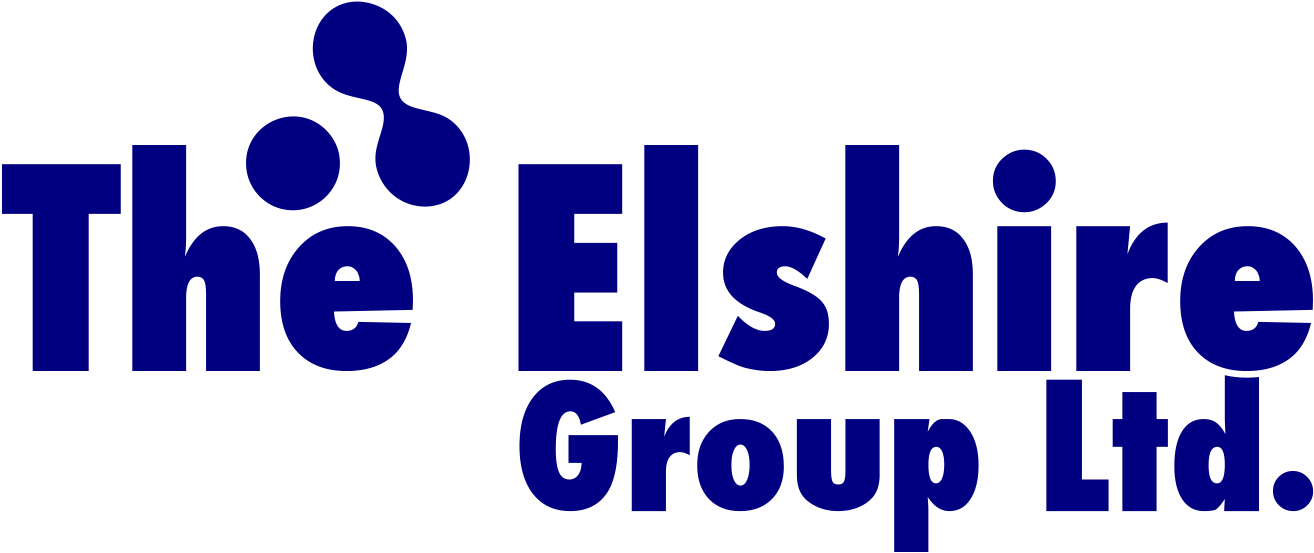Our mission is to ensure the generation of accurate and precise findings.
Please enter subscribe form shortcode
Please enter instagram feed shortcode
Rob Elshire is the lead developer of the original GBS method.
We specialise in delivering high quality, consistent GBS data sets to collaborators around the world.
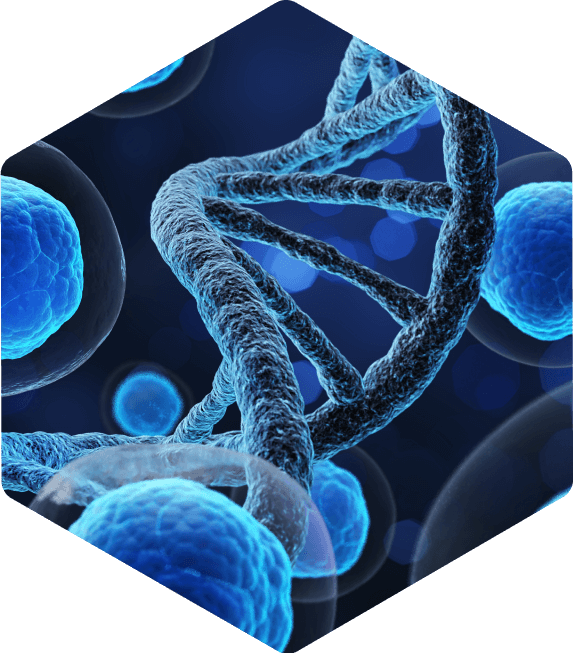
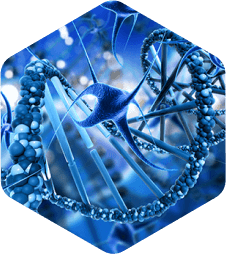
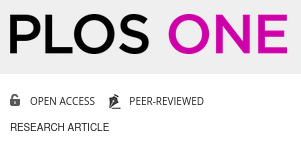
GBS Paper Citations

Species Analysed

Countries

Continents
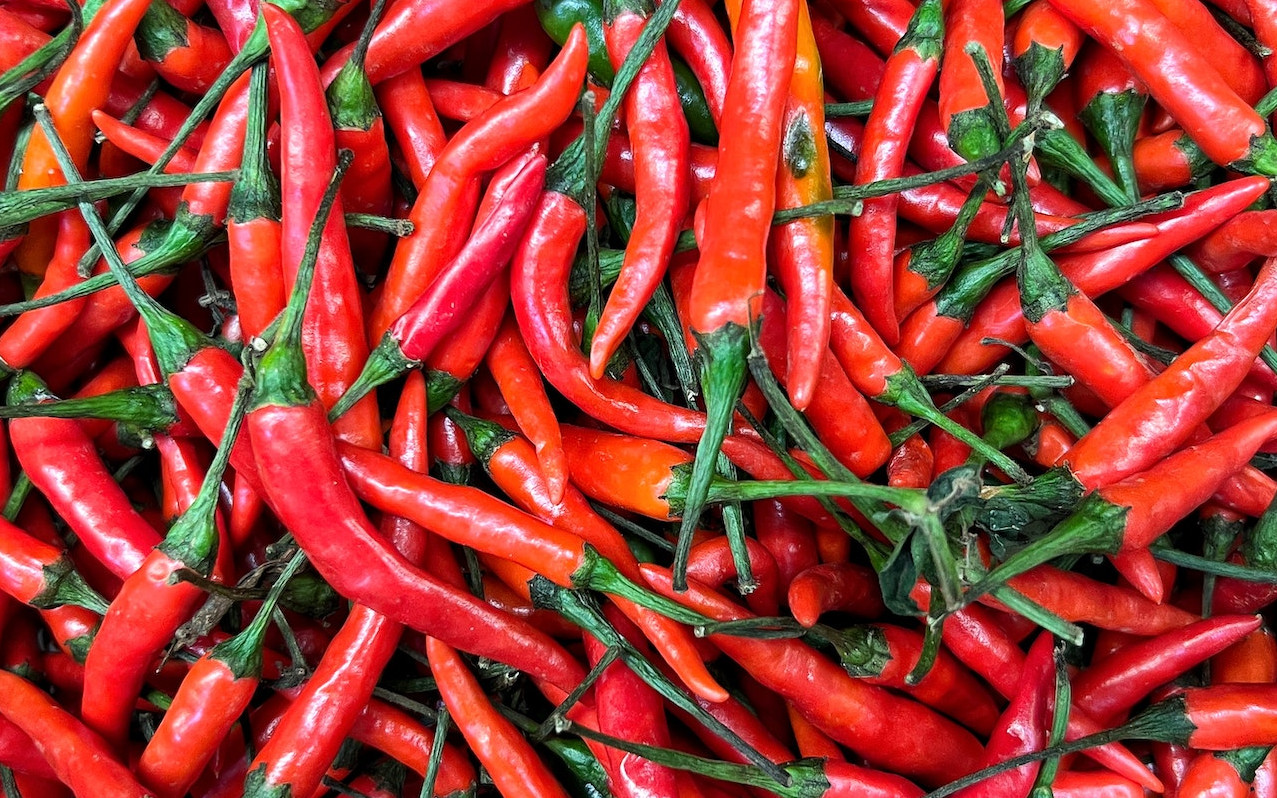
Horticulture Breeding
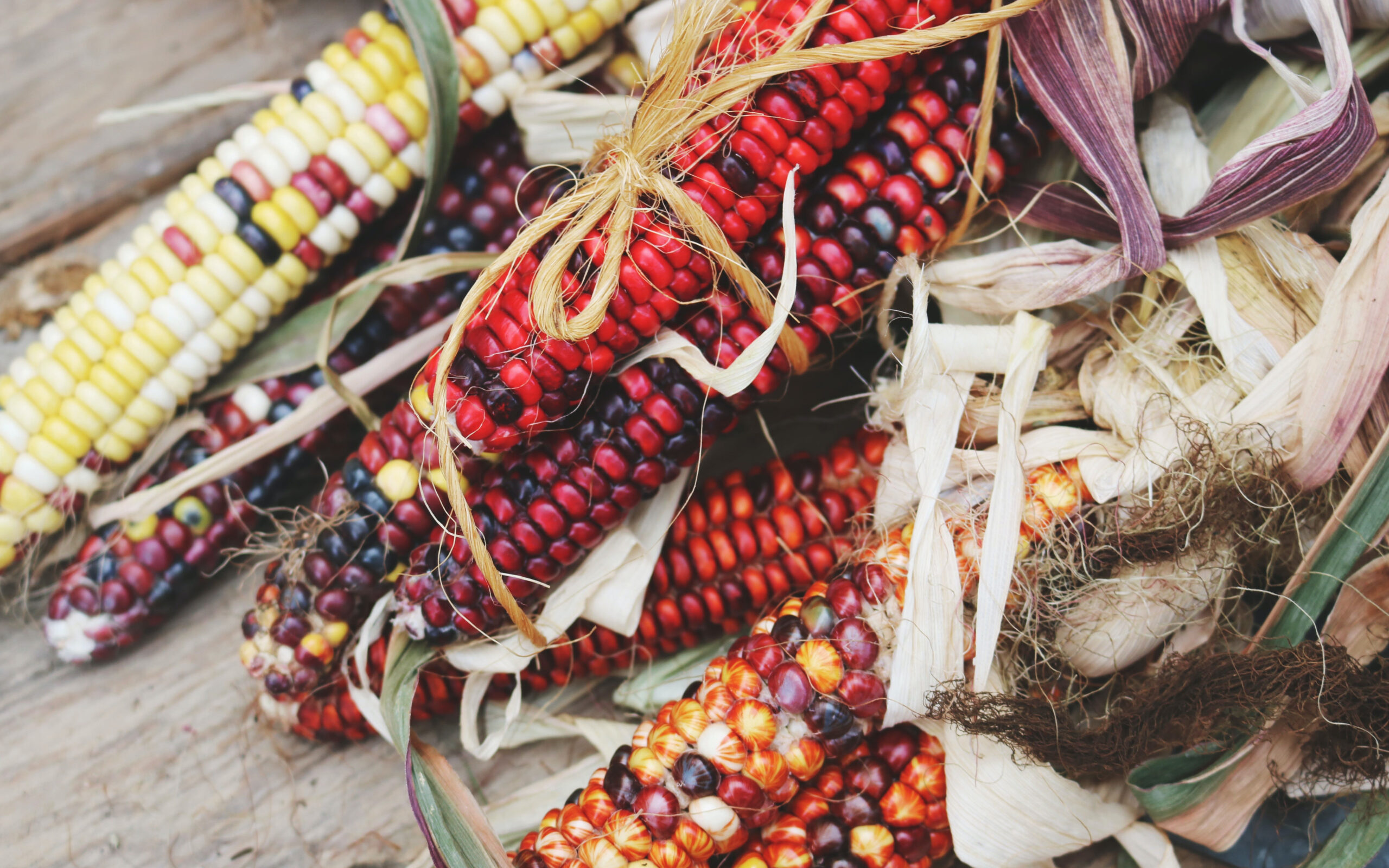
Agriculture Breeding

Animal Breeding
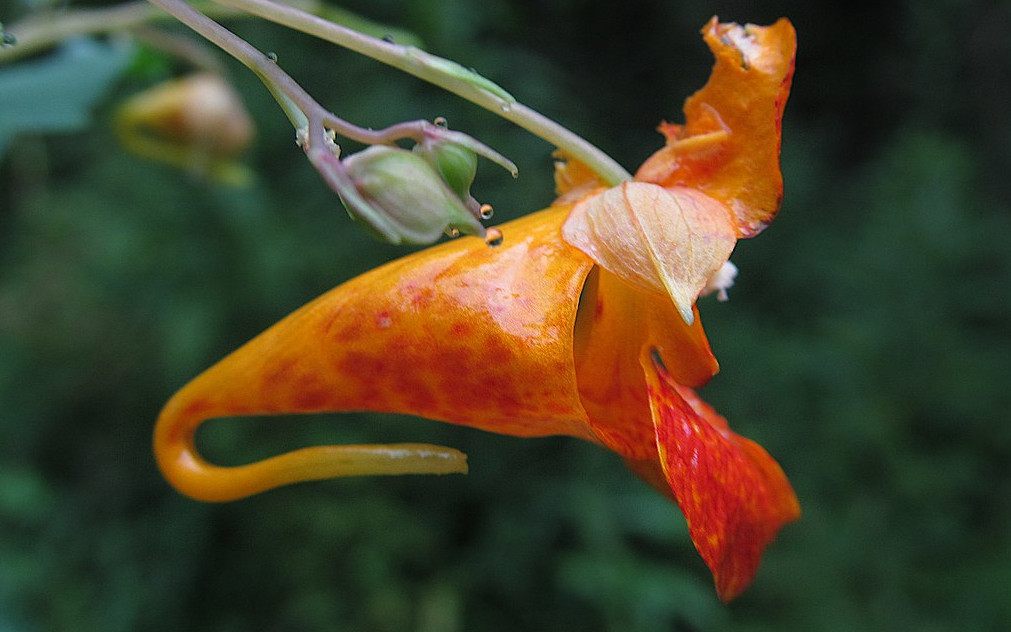
Plant Ecology
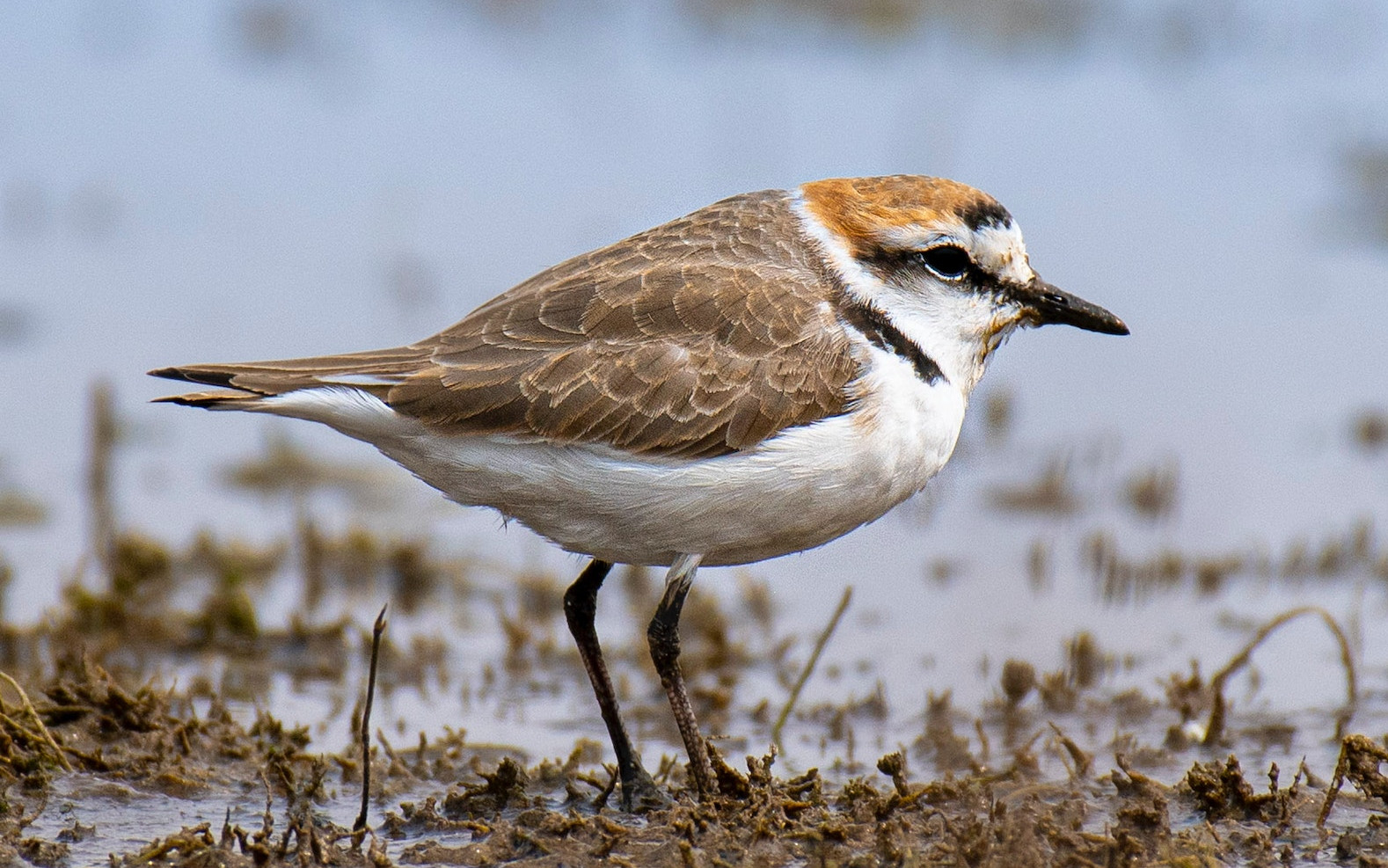
Avian Conservation Biology
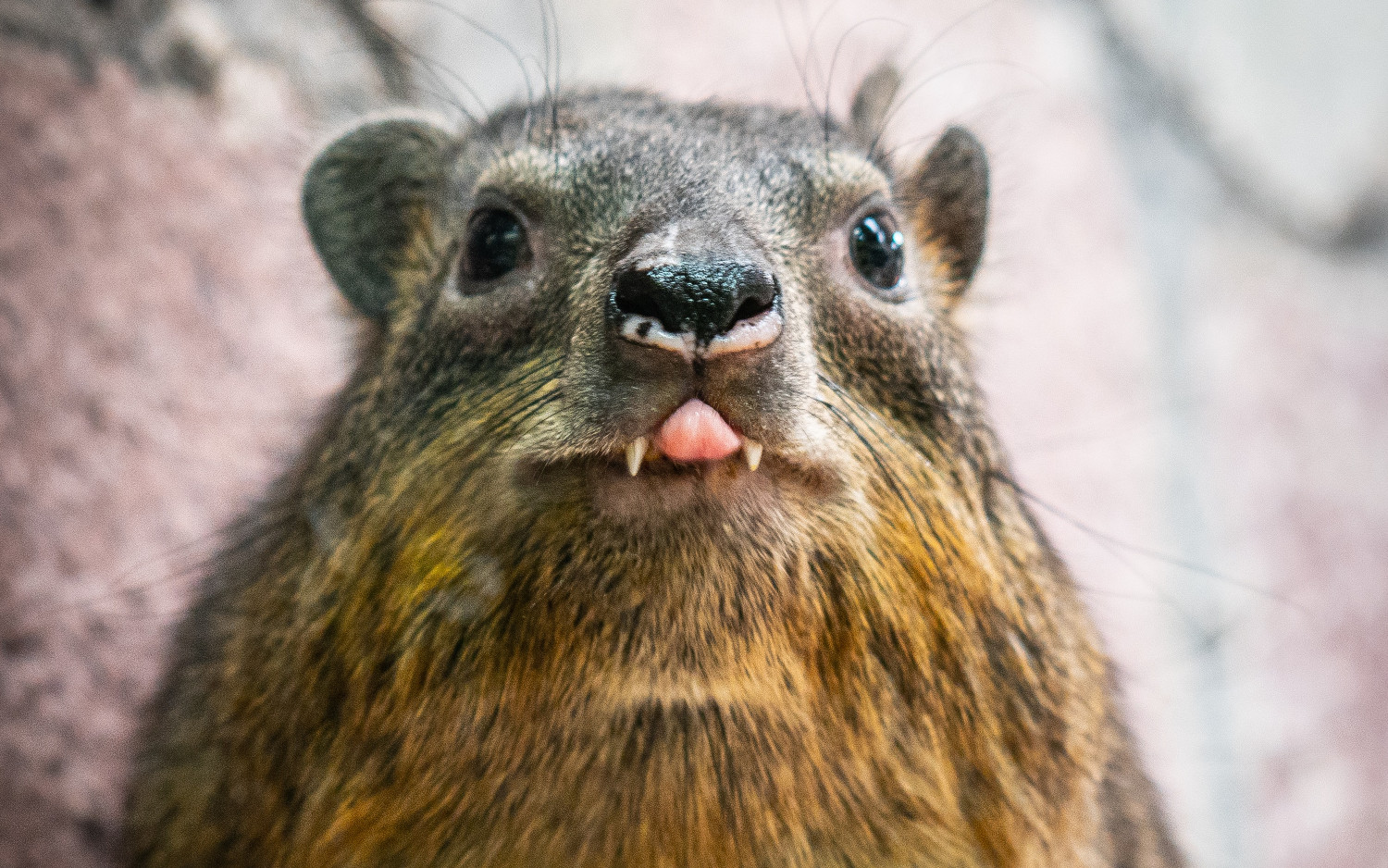
Mammalian Ecology
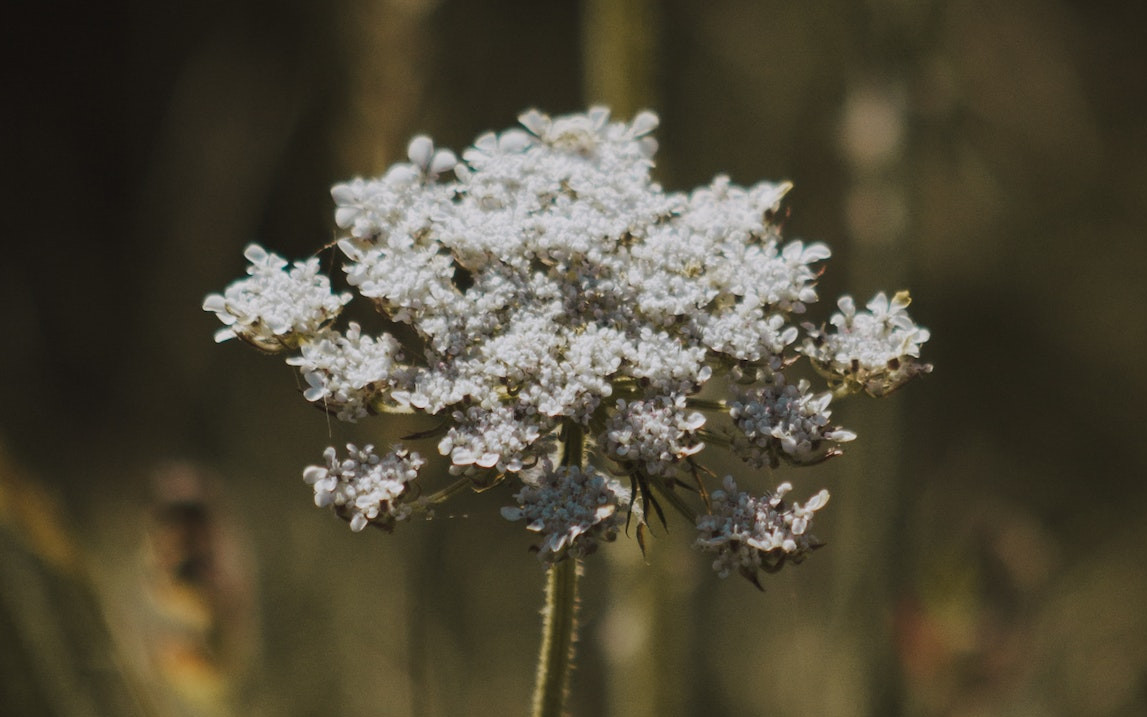
Orphan Crop Breeding
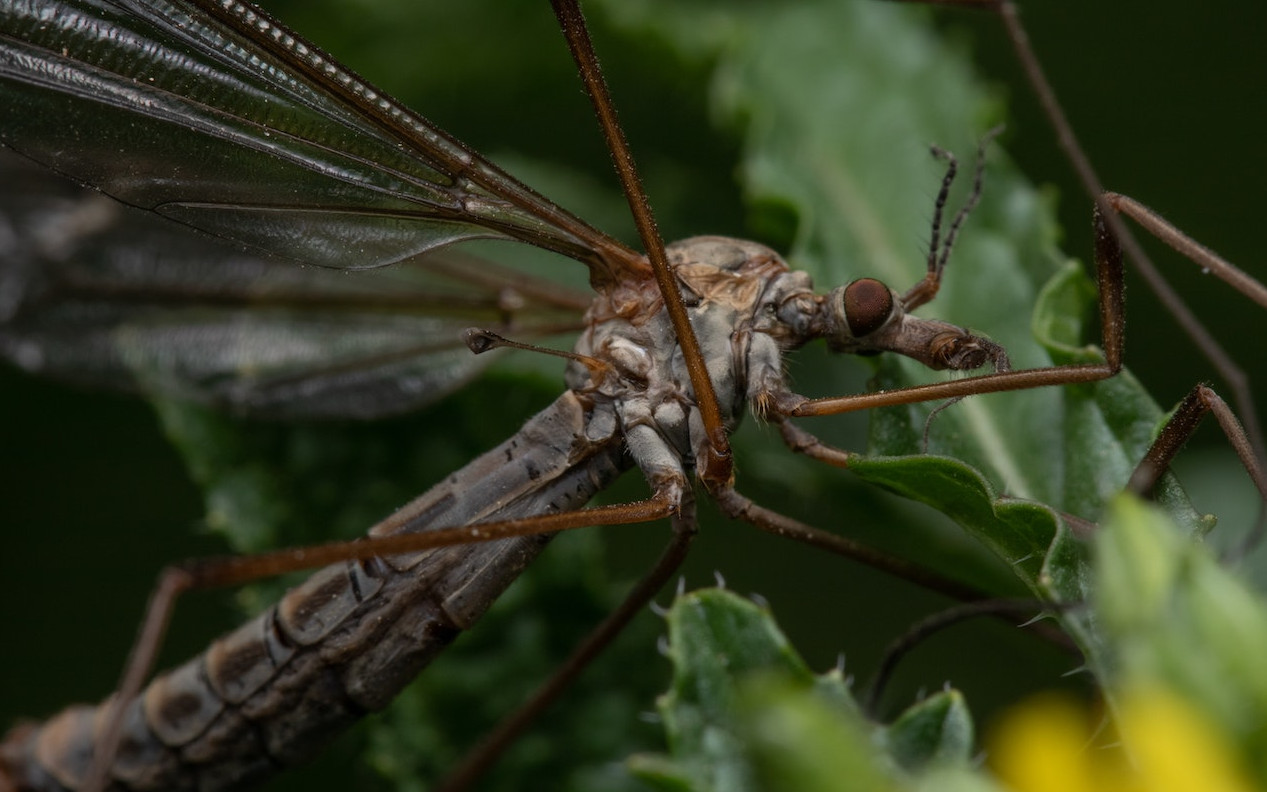
Insect Ecology

Molluscan Ecology
Genotyping-by-Sequencing (GBS) is a method for molecular marker discovery and genotyping which is widely used in many areas of genomics research. Genotyping-by-sequencing (GBS) allows the simultaneous discovery and genotyping of thousands to millions of single nucleotide polymorphisms depending on the genetic diversity sampled. It was first developed to provide a low cost, high throughput genetic marker platform for plant breeding in corn by Rob Elshire and his colleagues at Cornell University.
That was just the beginning. In addition to agricultural applications, genotyping-by-sequencing (GBS) has enabled the use of modern genomics tools for researchers in fields such as ecology and conservation biology. This system can be used without a reference genome and is ideal for non-model organisms. Working with Rob Elshire, the original developer, on your genotyping-by-sequencing (GBS) project is easy, go to our services page to find out more and our contact page to get the process started.
Genotyping-by-sequencing (GBS) combines the data generation power of modern DNA sequencing with long used and well known molecular biology techniques in a streamlined method to generate many molecular markers. To take advantage of the huge amount of sequence data generated by modern sequencing and reduce the cost per sample, genotyping-by-sequencing (GBS) uses an efficient DNA bar coding system which allows us to combine many samples for sequencing.
Cut up the DNA into fragments in a predictable way using methylation sensitive restriction enzymes. One can think of these as very specialised molecular scissors.
Attach specially designed DNA molecules (incorporating bar codes) to the cut DNA using DNA ligase. Ligase can be thought of as glue or sellotape.
Make many, many copies of the DNA molecules using a DNA polymerase to make a library — much like a copy machine.
Sequence the library thereby generating a large data set.
Perform an analysis of the data comparing the sequences and looking for differences. These differences are genetic markers
